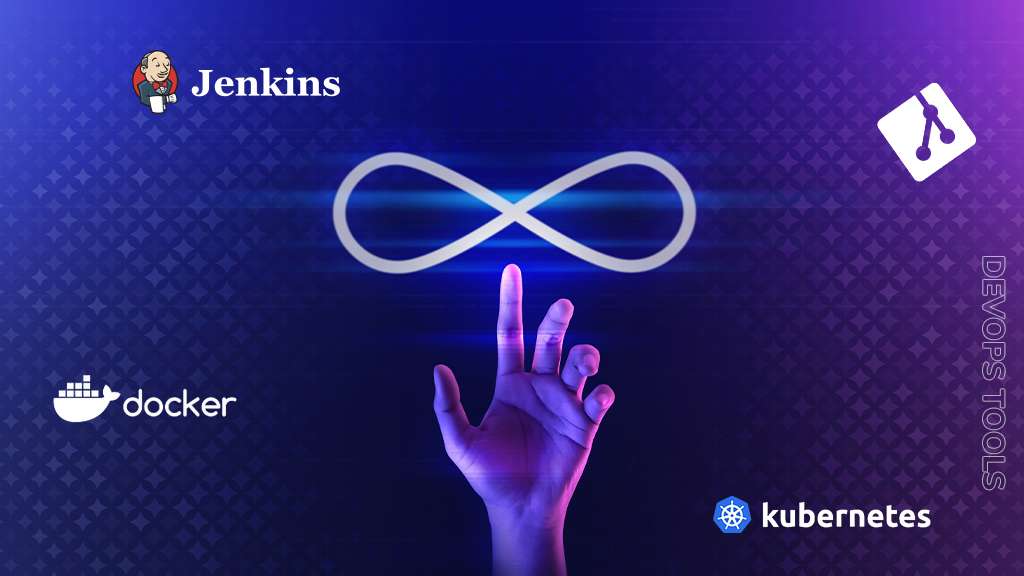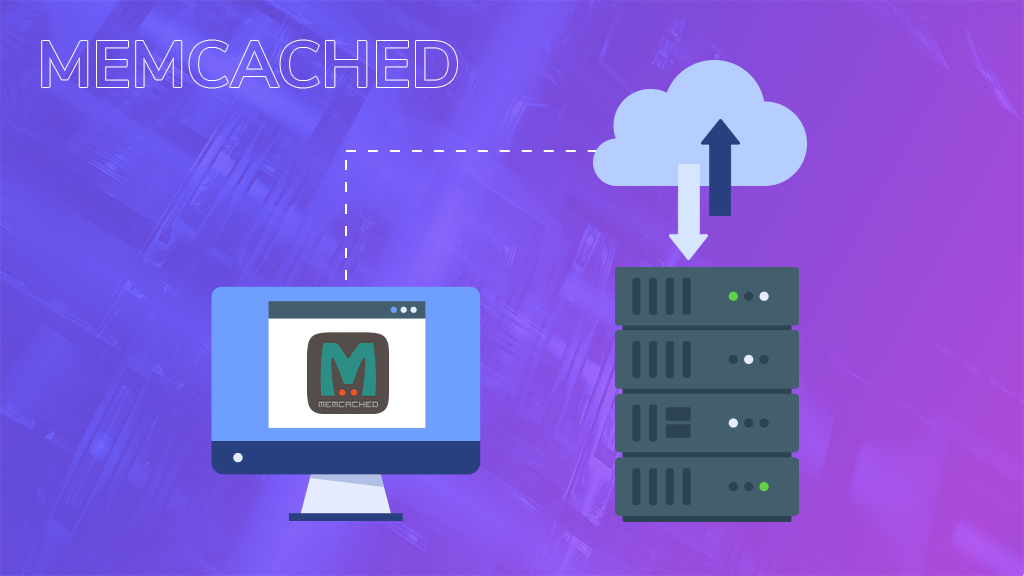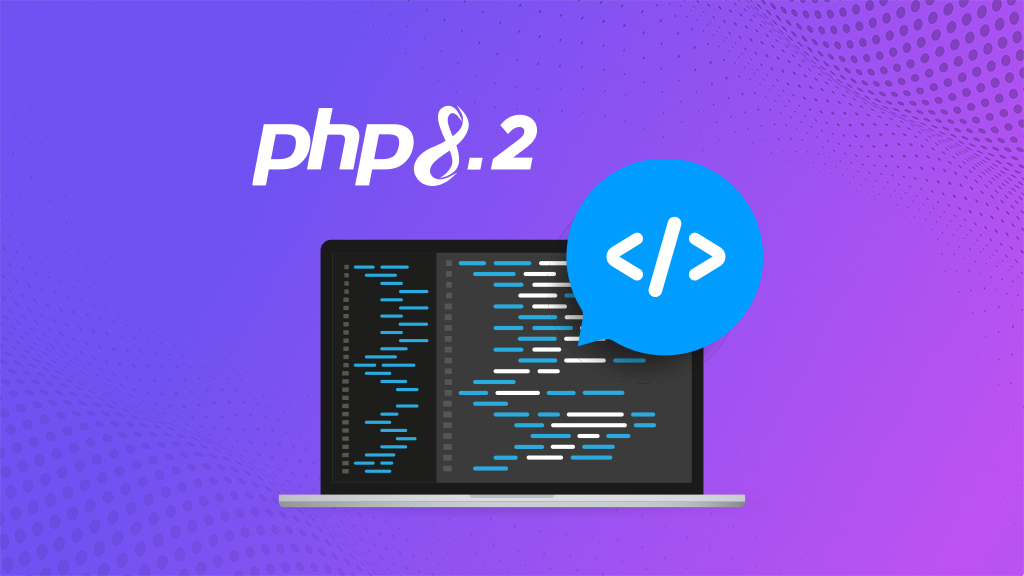
The world of Linux distributions (distros) can be a daunting landscape for newcomers. Unlike monolithic operating systems like Windows or macOS, Linux offers an incredible diversity of options, catering to a wide range of users with varying needs and preferences. However, this very diversity presents a challenge: how do you choose the best linux distros for you?
The key to unlocking the power of Linux lies in understanding your priorities. Here are the crucial factors to consider when selecting a distro:
Reasons to Choose the Best Linux Distros
1. Enhanced Security and Privacy
Modern Linux distributions prioritize robust security features, including advanced access controls, strong cryptographic algorithms, and rigorous package management systems. This focus on security is particularly relevant in today’s increasingly digital landscape, where cyber threats are constantly evolving.
2. Open-source philosophy and Customization
Linux distributions operate on an open-source development model, granting users transparency and control over their operating system. This allows for extensive customization options, enabling users to tailor their environment to their specific needs and preferences.
3. Lightweight and Resource-Efficient
Several Linux distributions are renowned for their lightweight nature, making them ideal for older computers or those with limited resources. This efficiency translates to faster boot times, smoother performance, and a more responsive user experience.
4. Cutting-Edge Technology and Innovation
The open-source nature of Linux fosters a vibrant development community constantly pushing boundaries and innovating. By choosing a best-in-class Linux distribution, users gain access to the latest advancements in open-source software, ensuring their system remains at the forefront of technological progress.

5. Cost-Effectiveness and Freedom from Vendor Lock-in
Most Linux distributions are free to download and use, offering a significant cost advantage over proprietary operating systems. Additionally, the open-source nature prevents vendor lock-in, empowering users to choose and customize their software without restrictions.
6. Vibrant Community Support
The Linux community is known for its collaborative spirit and willingness to help. Users of best-in-class Linux distributions benefit from extensive online resources, forums, and active communities, providing readily available support for troubleshooting and exploration of the operating system’s capabilities.
10 Best Linux Distros for Your Website
1. Ubuntu
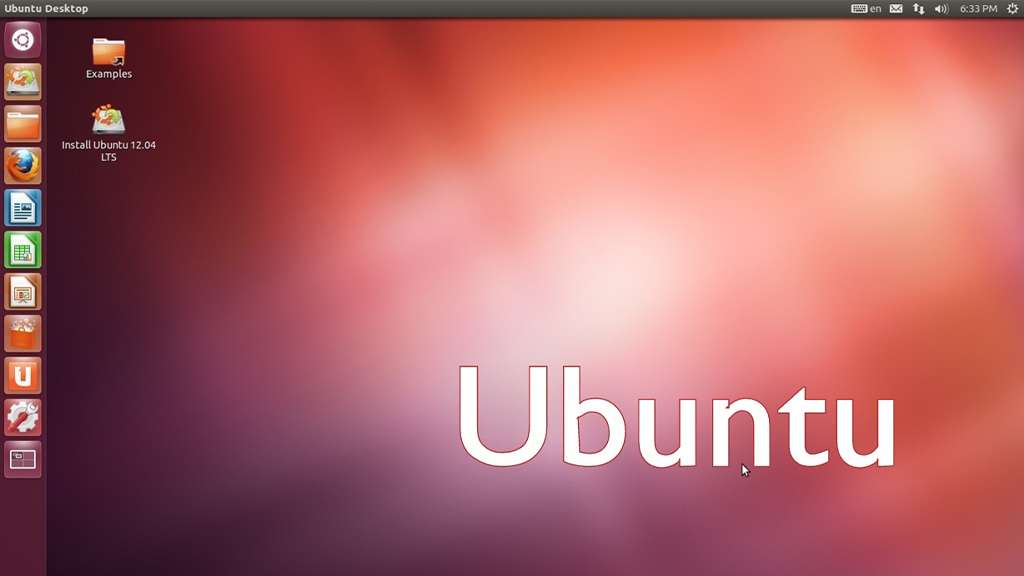
Ubuntu is a popular operating system, kind of like Windows or macOS, but for free and open to everyone. It’s great for all sorts of users, including beginners just starting with computers. But there’s something special about Ubuntu that makes programmers love it!
Here’s the secret: programmers need things to stay the same so their programs work correctly. Ubuntu has special versions called “Long Term Support” (LTS) that don’t change much for years. This gives programmers a stable foundation to build their programs on, just like building a house on a sturdy base.
Why Ubuntu is Ideal for Beginners
i. User-Friendly Interface
Ubuntu boasts an intuitive and user-friendly interface that closely resembles the desktop environments found in popular operating systems like Windows or macOS. This familiarity minimizes the learning curve for beginners transitioning to Linux, making them feel comfortable and productive from the outset.
ii. Supportive Community
One of Ubuntu’s greatest strengths lies in its vast and active community. Numerous online forums, user groups, and question-answer platforms cater to beginners. This robust community ensures that help is readily available should users encounter any challenges or have questions while navigating the Linux environment.
iii. Extensive Software Repository
Ubuntu offers a comprehensive software repository containing a vast array of applications. This vast repository caters to a wide range of needs, from productivity tools and multimedia software to games and educational applications. Furthermore, the installation process is streamlined and user-friendly, often requiring only a few clicks, further simplifying the experience for beginners.
iv. Desktop Environment Options
Ubuntu provides users with the flexibility to choose from various desktop environments, including GNOME, KDE Plasma, and XFCE. This allows beginners to explore different interfaces and find the one that best suits their preferences and workflow. GNOME offers a modern and streamlined experience, while KDE Plasma provides a highly customizable environment. XFCE caters to users seeking a lightweight and resource-efficient desktop environment, particularly suitable for older machines.
2. CentOS Stream
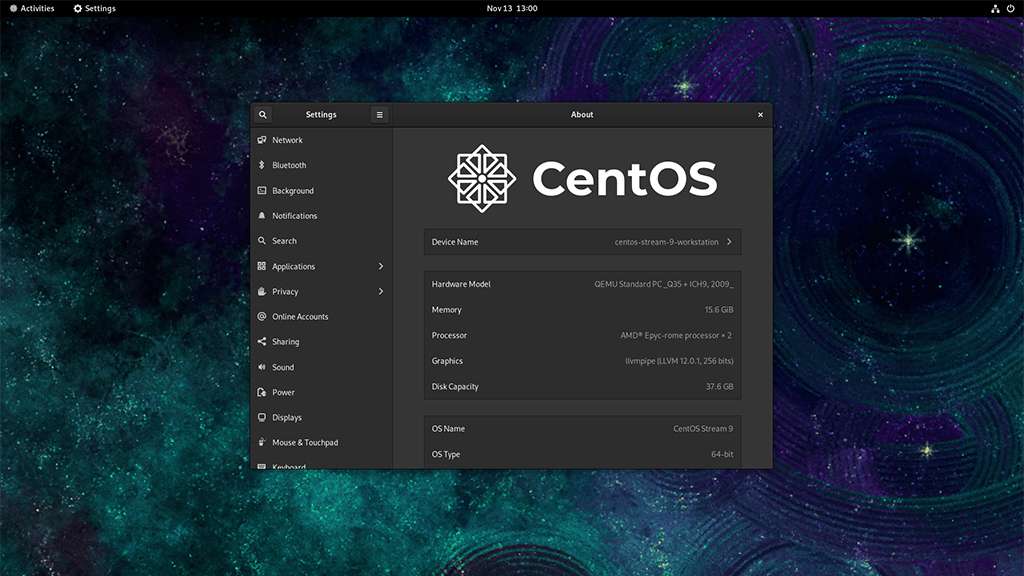
CentOS Stream carves a unique niche within the Linux landscape, offering a compelling proposition for developers seeking a blend of cutting-edge features and enterprise-grade stability. Let’s delve deeper into the key characteristics that make it a developer-forward powerhouse.
i. Free and Open-Source Powerhouse
As a free, community-driven variant of Red Hat Enterprise Linux (RHEL), CentOS Stream grants developers access to a robust and well-established foundation. This translates into inherent reliability and a wealth of resources readily available.
ii. Rolling Release Model for Continuous Innovation
Unlike traditional point releases, CentOS Stream employs a rolling release model. This approach delivers a constant stream of updates, ensuring developers have access to the latest software packages and security fixes as they become available. This fosters continuous innovation and experimentation for those seeking to stay ahead of the curve.
iii. Testing Ground for RHEL: A Glimpse into the Future
CentOS Stream serves as a vital testing ground for Red Hat Enterprise Linux. This means developers using CentOS Stream gain early access to packages and fixes slated for future RHEL releases. This provides an invaluable opportunity to test and experiment with features before they reach a wider audience.
iv. Enterprise-Grade Stability Meets Bleeding-Edge Features
CentOS Stream achieves a remarkable balance. While it delivers access to the latest open-source technologies, it maintains the stability expected from an enterprise-grade distribution. This allows developers to confidently build and deploy applications with the assurance of a reliable foundation.
v. Developer-Focused Ecosystem
The repositories within CentOS Stream are brimming with applications and tools specifically tailored for developers. This rich ecosystem empowers them to configure their ideal development environment with ease. The PowerTools repository further enriches this experience, providing access to a curated selection of specialized developer tools.
3. Manjaro
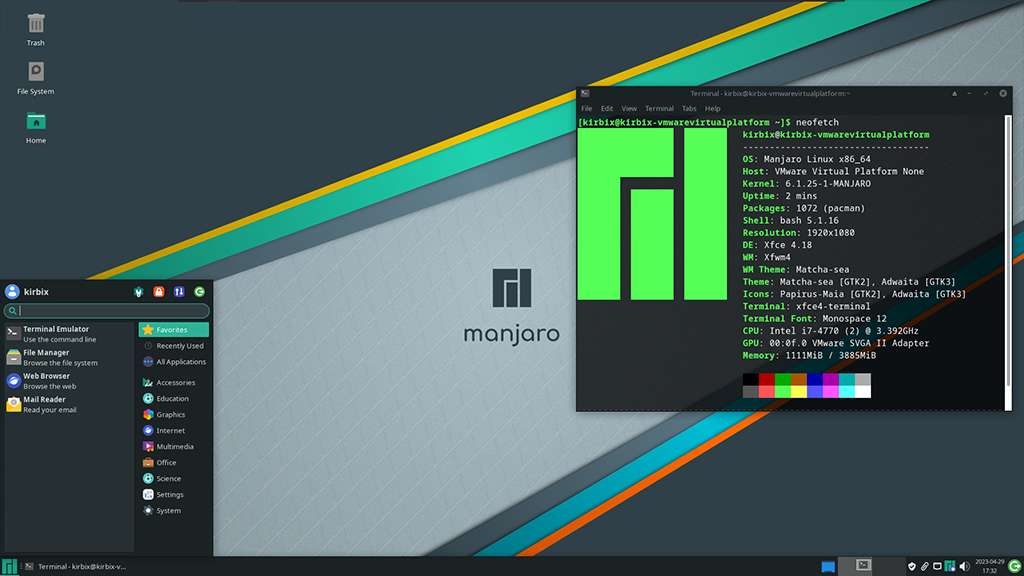
Manjaro positions itself as a bridge between the power and customization of Arch Linux and the ease of use desired by many users. Here’s why Manjaro stands out:
i. Stable Foundation Built on Arch Linux
Leveraging the robust foundation of Arch Linux, Manjaro inherits its extensive software repositories and rolling release model, ensuring access to the latest software updates.
ii. User-Friendly Interface
While Arch Linux is renowned for its granular control, Manjaro prioritizes user-friendliness. It offers a variety of pre-installed desktop environments, such as GNOME, KDE, and Xfce, catering to diverse user preferences.
iii. Simplified Package Management
Manjaro utilizes the powerful Pacman package manager from Arch Linux. However, Manjaro simplifies the update process, offering a user-friendly graphical interface alongside the traditional command-line options, making software installation and updates more accessible for new users.
4. Fedora
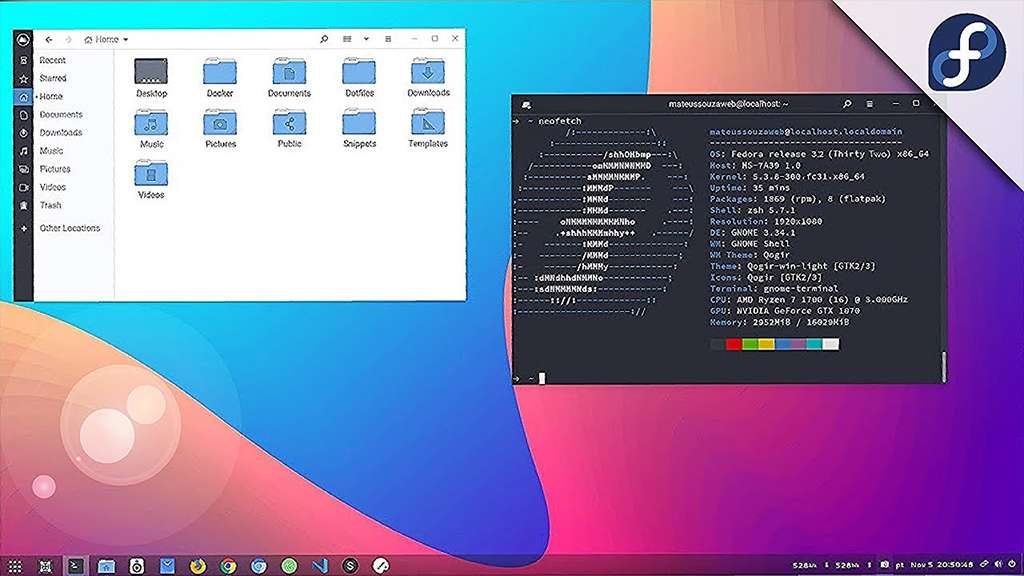
Fedora caters to developers seeking a Linux distribution at the forefront of innovation. Here’s what makes it ideal for developers:
i. Bleeding-Edge Focus
Fedora prioritizes the inclusion of the latest software tools and technologies. Its six-month release cycle ensures developers have access to cutting-edge features and libraries as soon as they become available.
ii. Developer-Friendly Ecosystem
Fedora fosters a vibrant developer community that actively contributes to the project’s evolution. This translates into extensive documentation, tutorials, and community support tailored to developers’ needs.
iii. Choice of Desktop Environments:
Fedora caters to diverse preferences by offering various desktop environments, including GNOME, KDE, and Xfce. Developers can choose the environment that best suits their workflow and development style.
5. Arch Linux
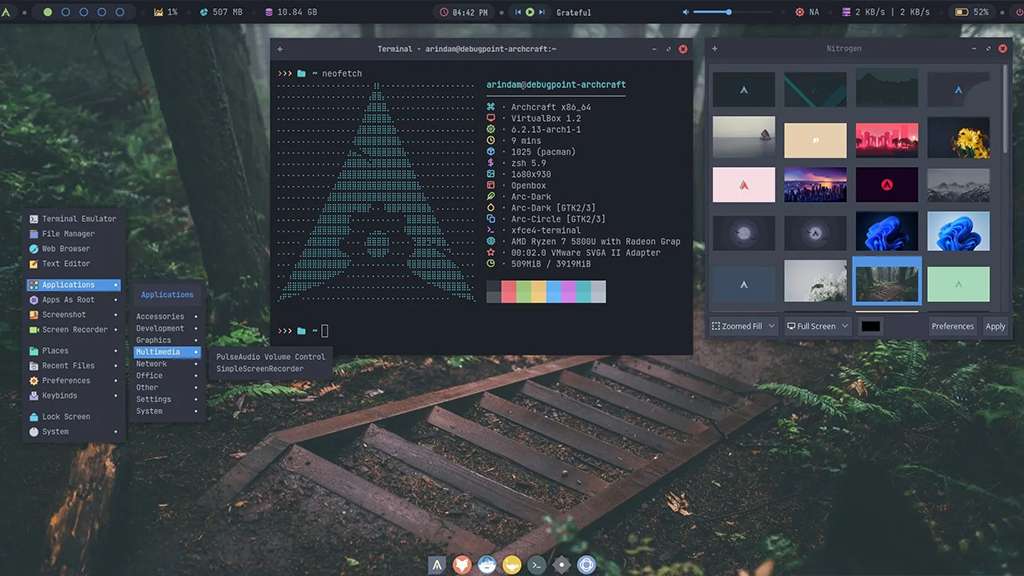
Arch Linux caters to experienced users seeking a highly customizable and bleeding-edge Linux experience. Here’s what defines Arch Linux:
i. Granular Control
Arch Linux prioritizes user control over every aspect of the system. Unlike pre-configured distributions, Arch offers a minimal base installation, empowering users to install and configure precisely the software they require.
ii. Rolling Release Model
Arch Linux utilizes a rolling release model, delivering a continuous stream of updates. Users receive the latest software versions as soon as they become available, ensuring access to cutting-edge features and security patches.
iii. Technical Expertise Required:
Due to its granular control and focus on user configuration, Arch Linux has a steeper learning curve compared to beginner-friendly distributions. However, this is balanced by an active and supportive user community that provides extensive documentation, tutorials, and forums to assist users.
6. openSUSE
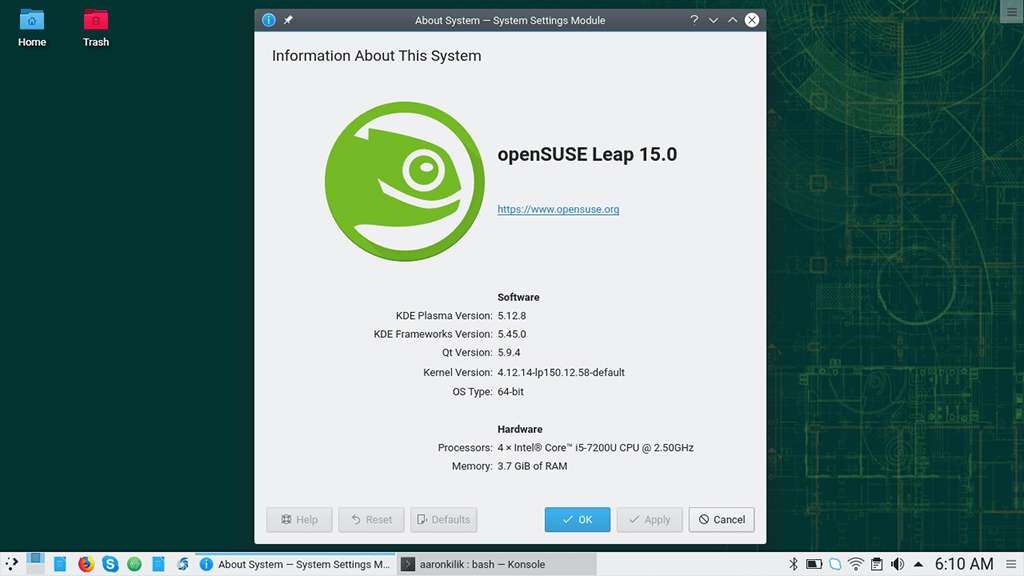
OpenSUSE has carved a niche as a reliable and versatile Linux distribution catering to both server and desktop users. Here’s a breakdown of its key strengths:
i. Stability and Reliability
OpenSUSE prioritizes stability and reliability, making it a strong foundation for server deployments. Its focus on long-term support ensures a predictable and secure environment for critical applications.
ii. Extensive Software Selection
OpenSUSE offers a vast repository of software packages, easily installable and manageable through the user-friendly Zypper package manager. This comprehensive selection caters to diverse user needs, from server administration tools to desktop applications.
iii. Multiple Desktop Environment Choices
OpenSUSE caters to user preferences by offering a variety of desktop environments, including GNOME, KDE, and Xfce. Users can choose the environment that best suits their workflow and visual style.
7. Red Hat Enterprise Linux (RHEL)
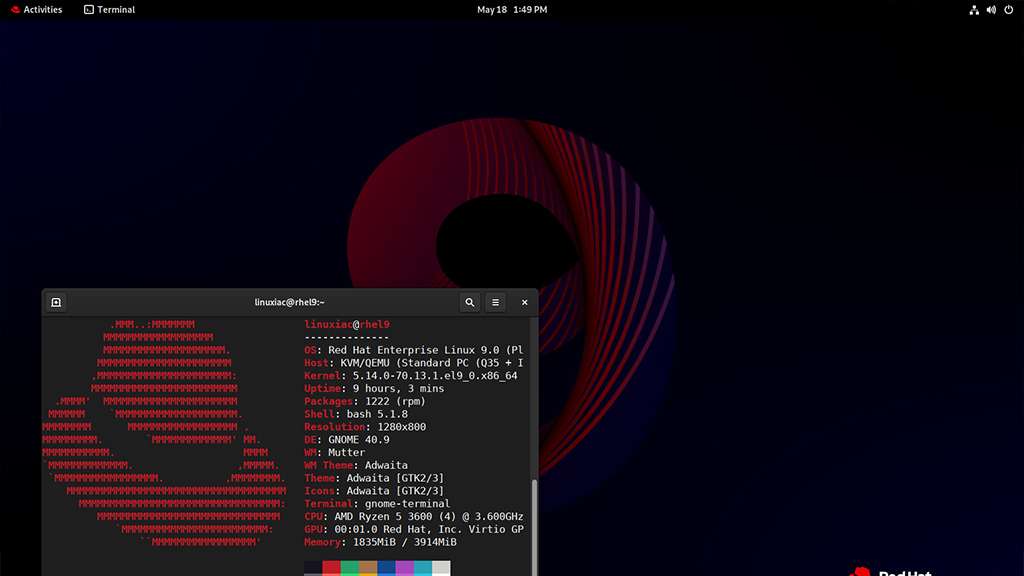
Red Hat Enterprise Linux (RHEL) is a leading commercial Linux distribution known for its stability, security, and extensive functionality. Developed by Red Hat and based on Fedora, RHEL offers a robust platform for various workloads, including:
- Large-scale data management
- Data visualization
- Containerization
RHEL seamlessly integrates with Red Hat’s suite of software management, automation, middleware, and visualization tools. This comprehensive ecosystem empowers businesses to streamline operations and optimize resource utilization.
i. Unparalleled Support and Stability
A defining characteristic of RHEL is its extended life cycle support, typically lasting ten years. During this period, users receive continuous updates with:
- Feature enhancements
- Security patches
- Bug fixes
These updates are delivered without system reboots, minimizing downtime, especially beneficial for virtual private server (VPS) users.
ii. Broad Architecture and Compatibility
RHEL boasts exceptional hardware compatibility, supporting architectures like x86, ARM64, Power, IBM Z, and s390x. This ensures seamless operation on diverse hardware platforms and facilitates integration with a vast array of software, including thousands of custom and commercially available applications.
iii. Deployment, Development, and Security
RHEL provides native tools for efficient deployment and development processes. Additionally, it offers the infrastructure and tools required to deliver container images, enabling businesses to leverage containerization for improved application portability and scalability.
In terms of security, RHEL implements robust security measures, including compiler flags, security audits, and robust cryptographic policies. This commitment to security empowers businesses to build trust and mitigate potential vulnerabilities.
iv. Subscription Options
While RHEL requires a subscription for access to its features, it offers various options to cater to specific needs. Basic subscriptions start at $349 per year, providing access to the core platform. For organizations requiring dedicated support teams, Red Hat offers Standard and Premium plans starting at $799 per year.
8. Linux Mint
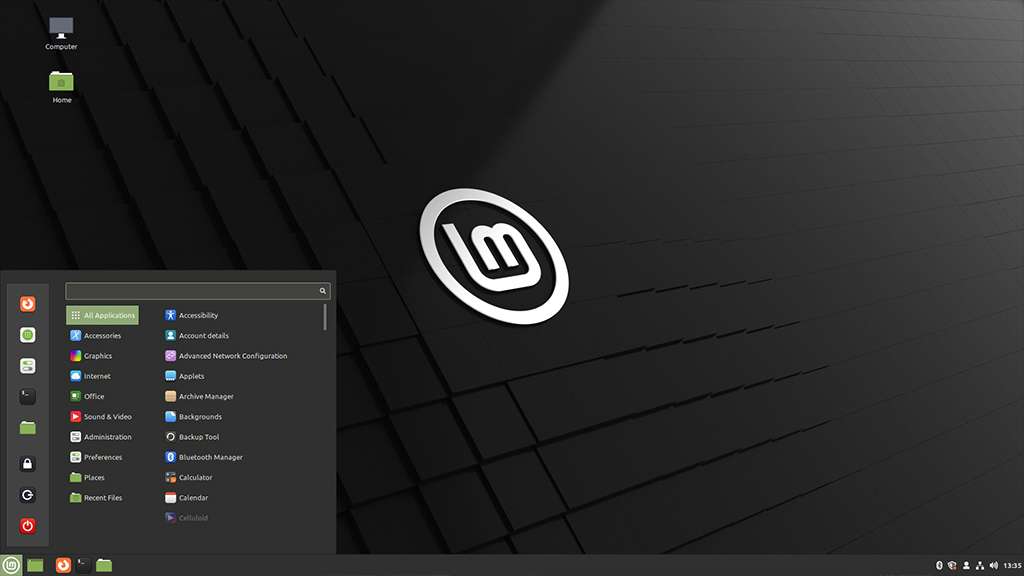
Linux Mint is a contemporary and efficient operating system built upon the Linux kernel and the GNU toolchain. It leverages the strengths of both Ubuntu and Debian projects, providing a stable and familiar foundation for users.
Designed with a focus on usability, Linux Mint features an intuitive user interface and interactive design elements. This makes it an excellent choice for individuals new to the Linux environment, enabling them to seamlessly transition from other operating systems.
i. Open-Source and Platform Agnostic
As an open-source distribution, Linux Mint offers complete transparency and customizability. It supports both x86 and x64 architectures, catering to a broad range of hardware. Notably, Linux Mint integrates seamlessly with other operating systems like macOS and Windows during installation. Users can opt for a dual-boot or multi-boot configuration, allowing them to switch between operating systems as needed.
ii. Variety and Choice
Linux Mint caters to diverse user preferences by offering three distinct desktop environments:
- Cinnamon
This innovative environment provides a feature-rich desktop experience, ideal for power users. - MATE
Designed for compatibility with a wider range of hardware specifications, MATE offers a balance of features and resource efficiency. - Xfce
Prioritizing stability and efficiency, Xfce is the most lightweight desktop environment, perfectly suited for older machines or those seeking a streamlined experience.
iii. System Requirements
For optimal performance, Linux Mint recommends a minimum system configuration of 4 GB of RAM, 100 GB of disk space, and a display resolution of 1024×768.
9. Lubuntu
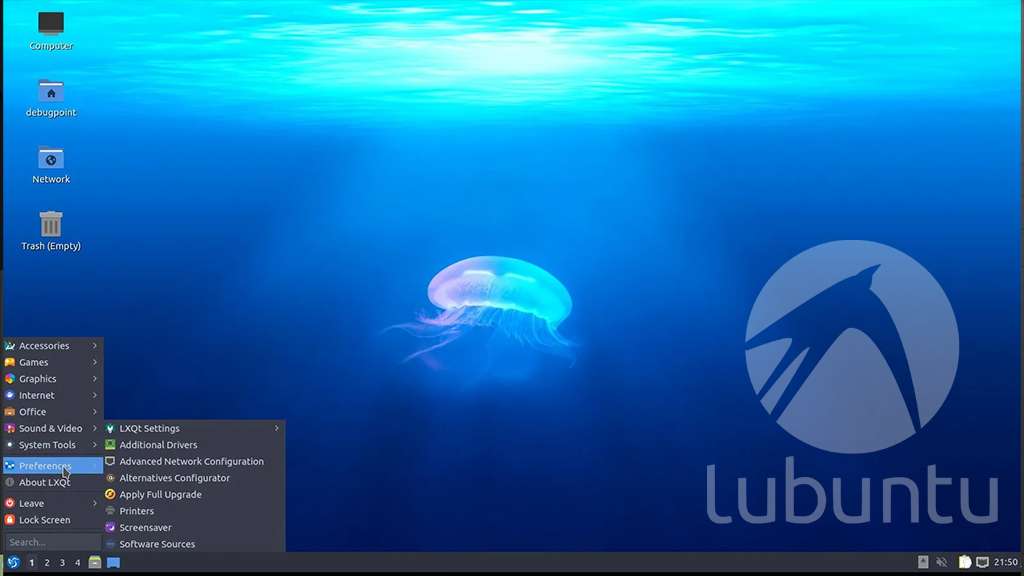
Lubuntu is a free and open-source Linux distribution derived from Ubuntu. Designed with a focus on efficiency and speed, Lubuntu excels on older or resource-constrained machines.
i. Broad Platform Compatibility
Lubuntu caters to a wide range of hardware architectures, offering both 32-bit and 64-bit versions. While the official website no longer explicitly states minimum requirements, Lubuntu remains a compelling choice for reviving older computers. Our recommendation for a smooth basic desktop experience is a minimum of 256 MB RAM and 8 GB of disk space.
ii. Power on a Budget
Despite its energy-efficient nature, Lubuntu leverages the power of Ubuntu’s latest releases. This translates to excellent compatibility with Ubuntu’s vast software repositories. Users can access a vast array of applications and packages through the Lubuntu Software Center, ensuring access to essential tools and desired functionality.
- Lightweight Performance
Lubuntu prioritizes resource optimization by employing lightweight desktop environments like LXDE and LXQt. These environments minimize system resource consumption, enabling Lubuntu to run smoothly on less powerful hardware.
- Focus on Functionality
Lubuntu prioritizes functionality over aesthetics. This translates to a streamlined interface that may lack the visual flair of some other distributions. However, this clean design philosophy offers advantages for users who prefer a clutter-free desktop environment.
10. Elementary OS
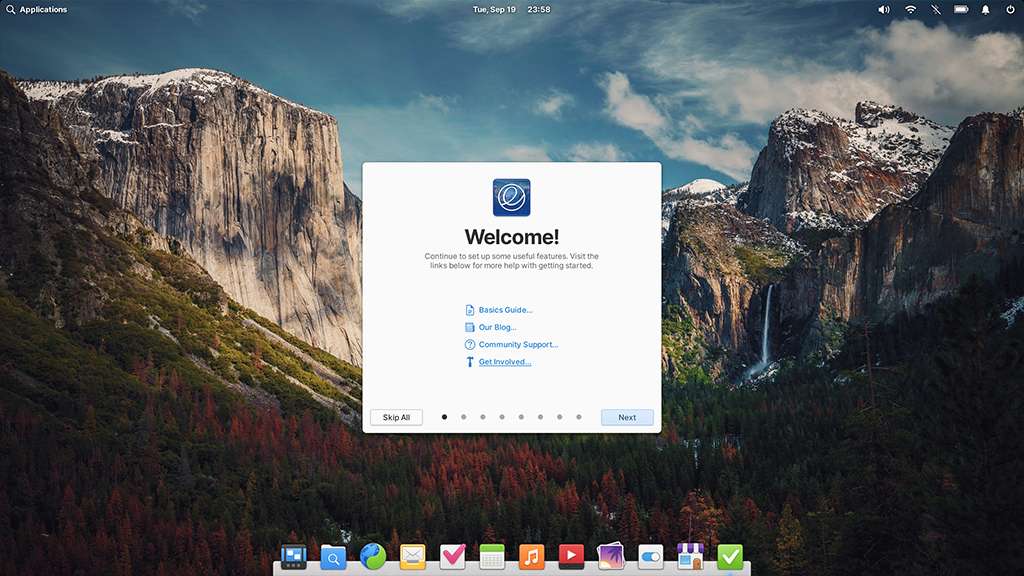
Elementary OS is a compelling Ubuntu-based Linux distribution renowned for its elegant and efficient user interface powered by Pantheon. It positions itself as a capable and ethical alternative to mainstream operating systems like Windows and macOS.
i. Streamlined Interface for Enhanced Productivity
Elementary OS prioritizes user experience through a thoughtfully designed interface featuring several notable functionalities:
ii. Multitasking View
This workspace organizer groups applications by task, providing a clear visual representation of open windows and workspaces, facilitating seamless switching between ongoing projects.
iii. Picture-in-Picture Mode
This feature allows users to maintain an application window on the side of the screen while working on another, promoting multitasking efficiency.
iv. Do Not Disturb Mode
This mode temporarily disables notifications, creating a distraction-free environment for focused work.
v. Accessible and Open-Source
Elementary OS adheres to an open-source development model, ensuring transparency and fostering community collaboration. Its unique pay-what-you-can model allows users to download the operating system for free while providing an optional avenue to support the developers with a donation of their choosing.
vi. Focus on User Experience
While Elementary OS prioritizes a refined and consistent user experience, its customization options are deliberately limited. This design philosophy discourages excessive modifications that could potentially disrupt the system’s cohesiveness. However, users with advanced customization desires can explore third-party applications like Elementary Tweaks or Pantheon Tweaks.
Conclusion
The vast world of Linux distributions offers an array of options to elevate your website’s performance and security. By considering your specific needs, whether it’s raw processing power, ease of use, or a rock-solid foundation, you can find the ideal Linux distro to supercharge your website. Remember, the best linux distros is the one that seamlessly integrates with your workflow and empowers you to achieve your website’s goals. Don’t hesitate to explore and experiment – the Linux community is there to support you every step of the way. So, unleash the potential of your website with the power and flexibility of a top-tier Linux distribution!






